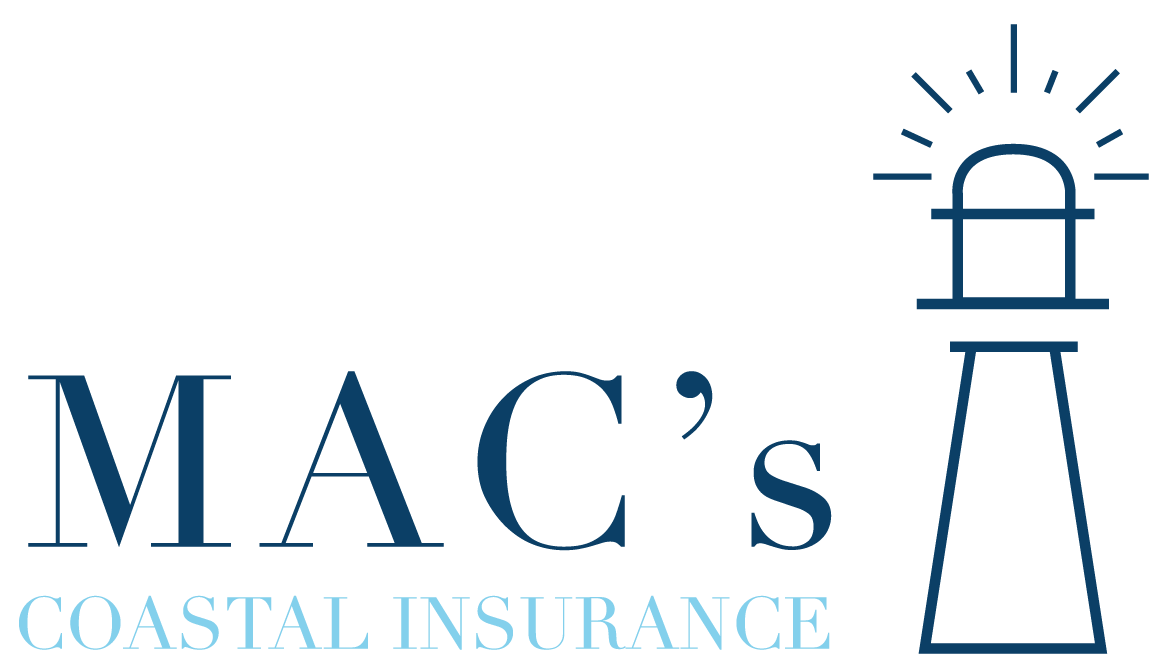This article will discuss how much property insurance a client needs and why they mustn’t get more coverage than they need. When insuring your property, it is good to know the policy limits. It could be counterproductive to have too little or too much insurance when a loss happens. To proceed, however, a definition of personal property insurance is necessary.
What is personal property insurance?
The items of your home, such as furniture and appliances, are protected financially by personal property coverage. This coverage, which is included in all homeowner’s policies, extends to your possessions even when they are not in the home.
Filing a claim for damaged or stolen belongings is handled like any other claim on a homeowners policy. You can report a claim for damaged property to your insurer via their website or by calling them directly. An adjuster will visit your property and report to the insurance company on the level of spoilage and the legitimacy of your claim.
If your claim is validated, you can expect to receive the funds in two installments. First, the insurance company will settle on a fair price for the repairs or replacement. The insurance company may pay for costs above and beyond the original estimate if the damage is extensive.
Keep all invoices and bank statements for future reference. As a bonus, you’ll have two years from the original payment date to make any necessary repairs or replacements.
How much coverage does a client need on personal property?
In most cases, the coverage for your belongings will range from 20 percent to 50 percent of the total amount of your homeowner’s insurance. In a typical policy, the dwelling would be insured for $300,000 and the contents for $120,000 (40% of $300,000).
How much insurance you need (and should have) is proportional to the value of your possessions. Before purchasing insurance, you should accurately assess your most valued possessions.
Comparing the market worth to the cost to replace
If your home and all of your goods are destroyed due to an insured event, a standard homeowners policy will pay you the cash value of your belongings. Although depreciation is considered, you will be compensated up to its current worth for the item. A replacement cost value (RCV) coverage will pay you the item’s current market price if you choose to insure it for its entire market worth. The premium for such protection is higher.
The most significant insurance policy for a homeowner is one that covers the cost of replacing all of their belongings should anything happen to them. This is so because having insurance guarantees that the insured may quickly get back on their feet after suffering a loss. The wisest course of action is to purchase replacement value insurance even though the price is more than the difference between the two values. When a loss occurs, this becomes very evident.
Lenders can’t mandate overinsurance plans on borrowers in Alaska, Arizona, Arkansas, California, Colorado, Connecticut, or Delaware because it’s pointless to do so.
If your mortgage payment is $80,000 but the cost to reinstate your home in the event of a complete loss is only $60,000. There’s little doubt that a fire would cost more than $60,000.
On the other hand, many mortgage companies insist you spend money and get $80,000 worth of fire insurance. However, many creditors can be persuaded that this overinsurance is pointless. Even though the insurer benefits financially from policyholders’ overinsurance, most insurers discourage it for the surprising reason that it promotes illegal behavior like arson.
Estimating the Cost to Replace Your Home
Provided the cost of rebuilding your home is more than the coverage maximum of your homeowner’s insurance policy, the insurer is still compelled to do it if you have purchased a guaranteed replacement cost policy. Guaranteed replacement cost plans are generally accepted by lenders even if the face value is less than the mortgage.
Inviting one or more insurance agents to view your property and provide a replacement cost estimate is the most cost-effective option.
Tips for reducing the price of homeowners insurance
- One approach to reducing the expense of homeowner’s insurance is to increase the deductible. The highest-priced plans feature deductibles of $120 and $270, respectively. Your homeowner’s insurance premium may be reduced significantly if you can pay the first $450 of any loss out of pocket. More significant savings will be realized if the deductible can be increased to more than $900.
- If you want to save money on house insurance, lowering your liability limit is one option. Your liability insurance covers a visitor who trips and falls in your water closet area. Liability coverage in excess of $99,000 is required, while policies in the $250,000-$1,000,000 range are more common.
- Comparing personal property coverage is a third way to lower your homeowner’s insurance premium. When furniture is broken or stolen, some insurance policies simply pay the item’s depreciated worth, while others pay the total market value of the item.
In conclusion, to get the most out of personal property insurance and avoid overinsuring, knowing what does and does not work is crucial.
